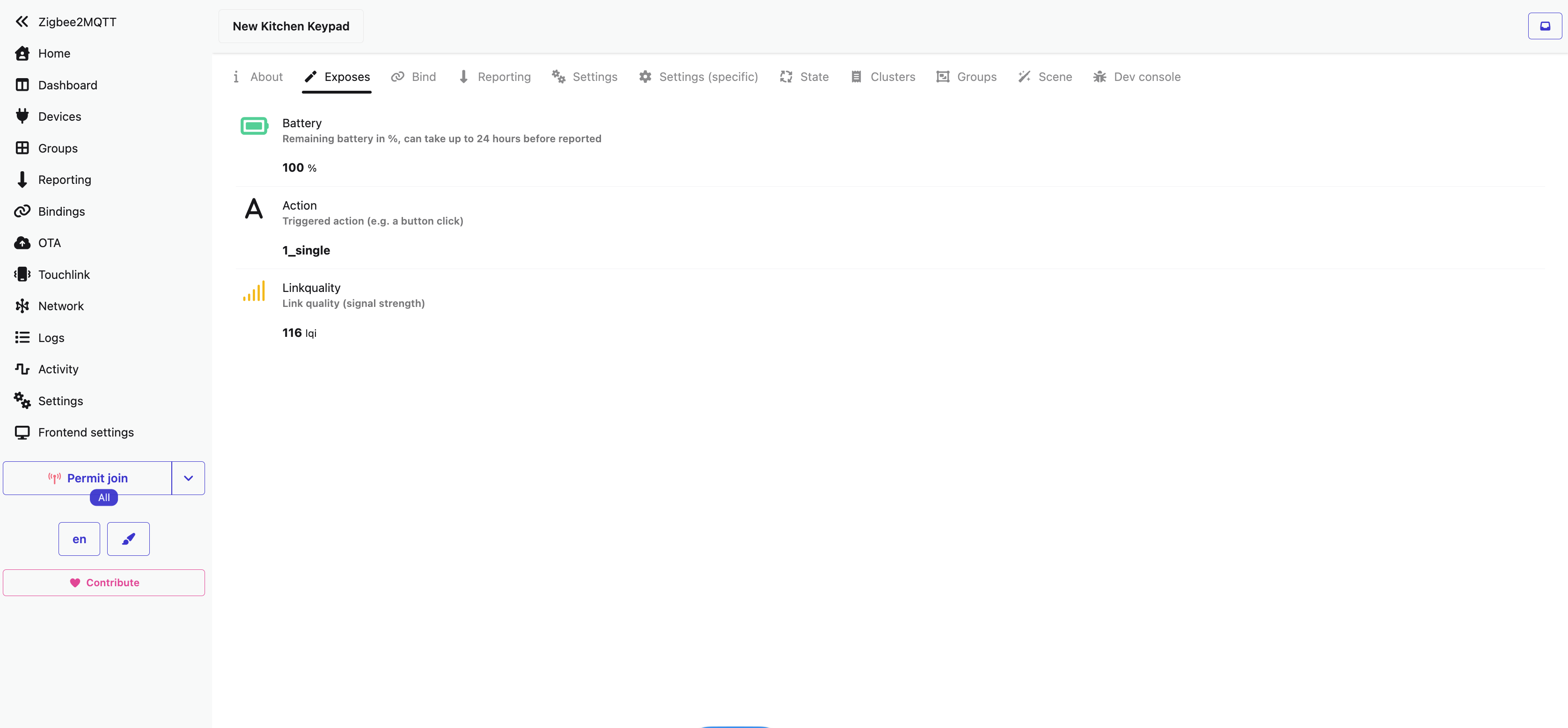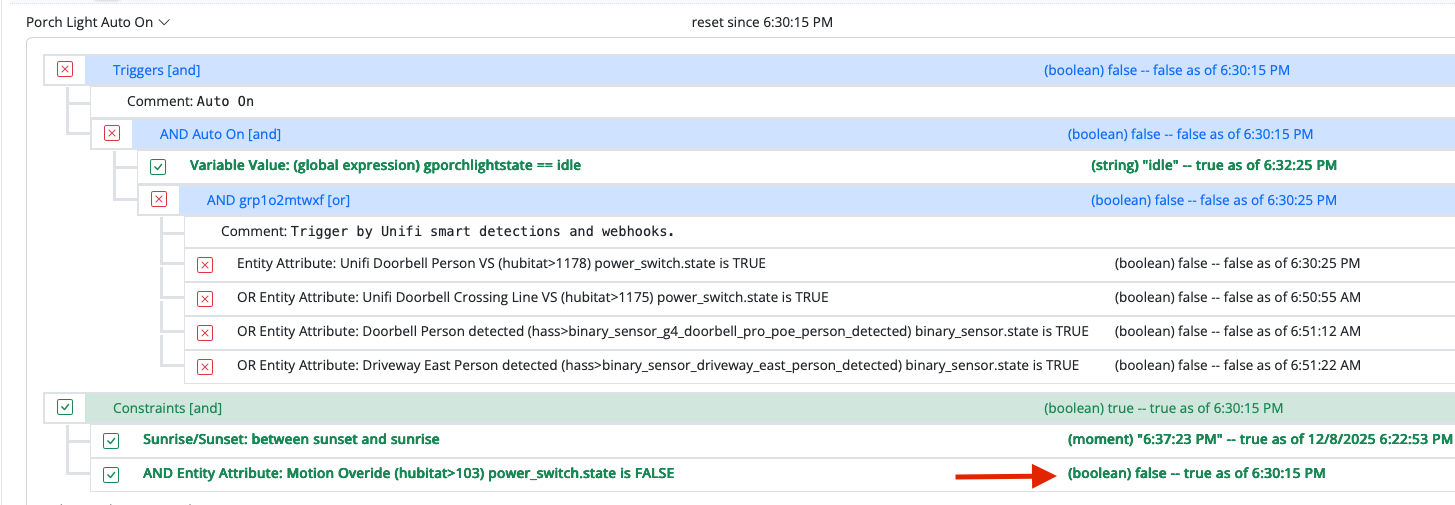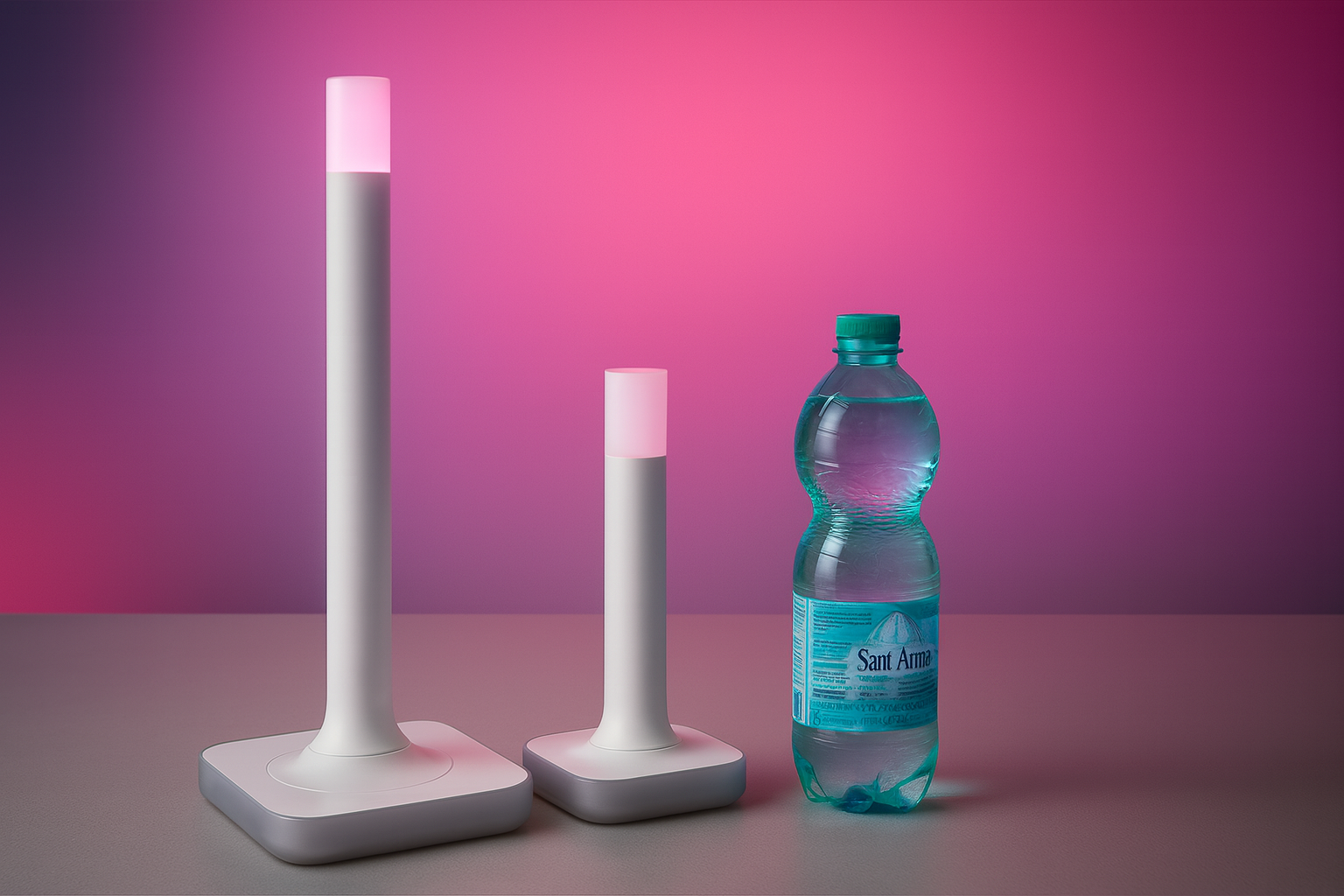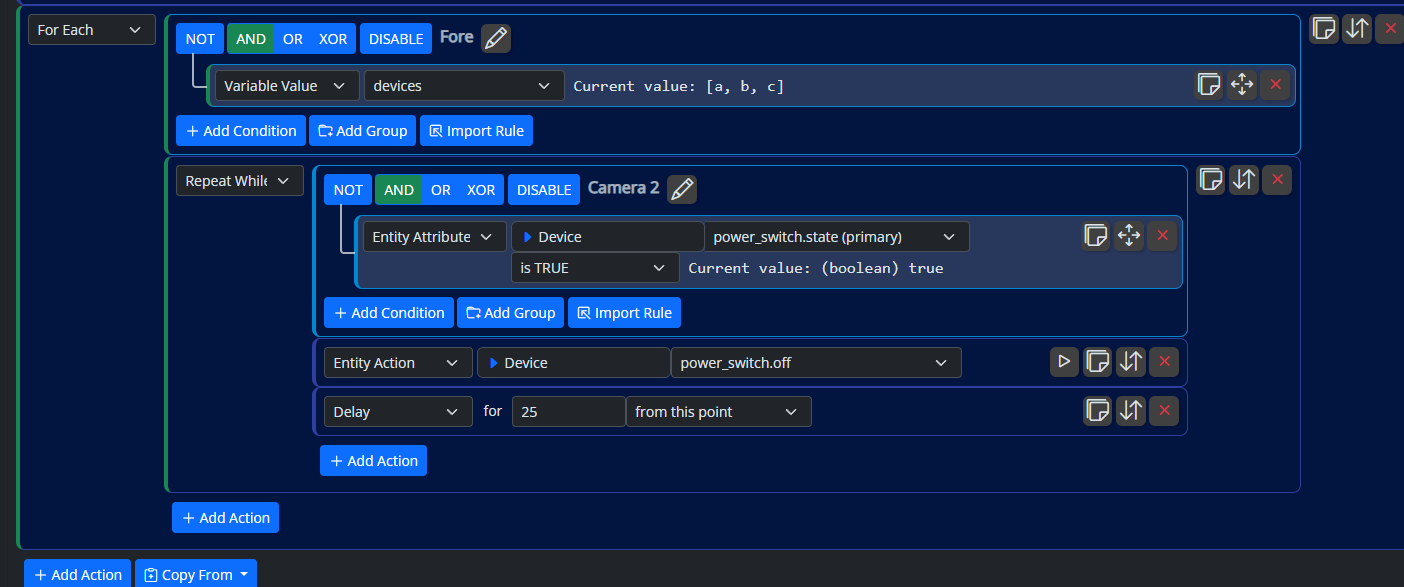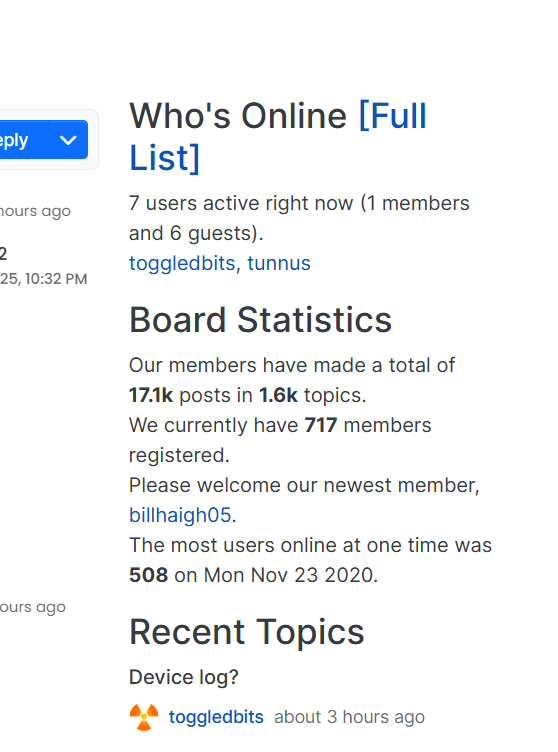@rafale77 said in Adding Z-way as secondary controller to vera zwave network:
That’s it... It will take a few seconds but and the vera will sluggishly luup reload and show a new controller device which will say that it needs to configure. Disable auto configuration for this device on the vera. Your z-way now should see all the devices on your network. You can even set SUC/SIS roles from it and do all kinds of things the vera cannot, or at least not easily.
I have a couple of suggestions when adding z-way as secondary controller. If you edit the file [z-way-server root]/config/Defaults.xml you can set some default options for z-way that's not available in the gui.
<TryToBecomeSIS>1</TryToBecomeSIS>
By default this option is set to 1 meaning z-way will always try to become SUC/SIS in a network. If that is not preferable (specifically if you are planing to exclude z-way from the network at a later state) you should set this option to 0.
<SecureInterviewAcceptedWithoutSchemeInherit>0</SecureInterviewAcceptedWithoutSchemeInherit>
This option is by default set to 0 to comply to the z-wave protocol guidelines, if set to 1 z-way will not fail secure interview as secondary/inclusion controller if Scheme Inherit is not received.
<WakeupInterval>3600</WakeupInterval
This option is by default set to 3600 seconds that means every time z-way is reconfiguring a node it will change the default wakeup time to 3600 seconds. If you don't want to alter your default/preferred wakeup settings on nodes you can set this option to 0.
<KeepMeInformedInsteadOfSIS>1</KeepMeInformedInsteadOfSIS>
If you prefer that the primary controller should keep getting wakeup notifications from nodes after z-way is included as secondary controller you should set this option to 0.
Examples of what I did: Look at routing, assign lifeline associations, survey and modify wakeup intervals. Check on device
command classes hidden on vera. Verify routing health.
One feature in the zway expert gui that is heavily used here for troubleshooting is the Timing Info page. There you can quickly spot which node is having latency issues and in need of some tender love.
Be careful with associations as by default z-way will want to add itself to the lifeline associations when you try to check them. I often had to delete z-way. There is a way to prevent that but requires editing some files and is probably not worth doing since you can just modify associations directly from z-way.
You can disable this feature by setting the following parameter to 0 in Defaults.xml
<Autoconfig>1</Autoconfig>
Since you're already exploring the Defaults.xml at this point it's a good idea to change the FragmentSize for firmware updates if your z-wave controller is gen5+.
<FragmentSize>32</FragmentSize>
The default option is set to 32 to be backward compatible with older gen3 controllers. You can safely set this option to 40 if your controller is UZB/gen5.
Just remember that your new customised Defaults.xml is NOT persistent during a software upgrade. So be sure to make a backup of the file outside the z-way-server root directory and copy it back after an upgrade.

